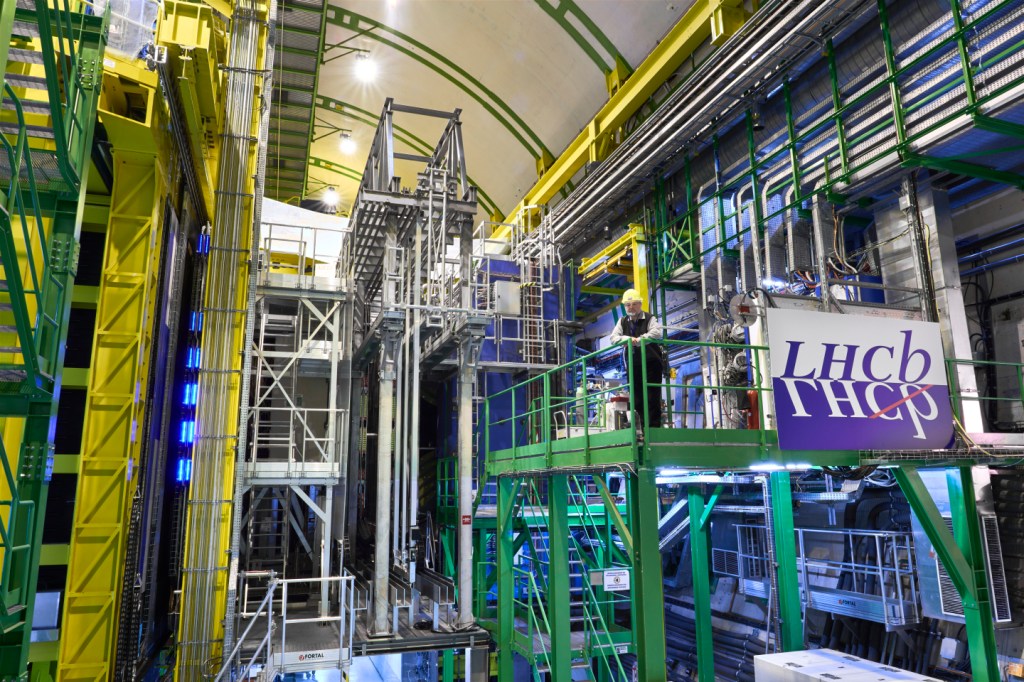The 2012 discovery of the Higgs boson particle at CERN’s Large Hadron Collider (LHC) is widely considered to be one of the most important scientific breakthroughs in history. It validated a half-century of research about the basic building blocks of matter, and remains the crowning achievement of modern particle physics.
Now, CERN wants to follow up on the LHC’s smashing success with a super-sized structure called the Future Circular Collider (FCC). This next-generation particle accelerator would boast 10 times the observational power of the LHC and would stretch across 100 kilometers (62 miles), encircling the Swiss city of Geneva and much of the surrounding area.
Videos by VICE
CERN published its first conceptual design report for the FCC on Tuesday. The four-volume roadmap was developed over five years by 1,300 contributors based at 150 universities, according to a statement.
Colliders examine the smallest scales of the known universe by shooting particles through tunnels at near light speeds and studying the weird quantum junk that’s created when they crash into each other. The end goal for the FCC is to build a gigantic super-powerful version of the LHC that could discover entirely new forms of matter and observe known particles like the Higgs boson in unprecedented detail.
“The FCC conceptual design report is a remarkable accomplishment,” CERN Director-General Fabiola Gianotti said in a statement. “It shows the tremendous potential of the FCC to improve our knowledge of fundamental physics and to advance many technologies with a broad impact on society.”
The report projects that the FCC would cost about $17 billion and would not be completed until the 2050s, at the earliest. However, the huge underground tunnel required for the collider could accommodate other physics projects in the meantime.
Read More: In Major Breakthrough, Scientists Observe Higgs Boson Decay into Bottom Quarks
For instance, an electron-positron collider could be installed in this ring by 2040. That machine could be used for several years before the FCC became operational, just as the Large Electron–Positron Collider, which was dismantled in 2001, paved the way for the LHC.
“While presenting new, daunting challenges, the FCC would greatly benefit from CERN’s expertise, accelerator complex, and infrastructures, which have been developed over more than half a century,” Gianotti said.
At 27 kilometers (17 miles) in length, the LHC is by far the largest and most powerful particle accelerator in the world, but it would be absolutely dwarfed by the FCC.
The LHC is likely to remain operational until at least 2035. But given the enormous technical demands of building particle accelerators, scientists are beginning to plan for the post-LHC world and the new report represents the latest step toward committing to a strategy.
Get six of our favorite Motherboard stories every day by signing up for our newsletter.




